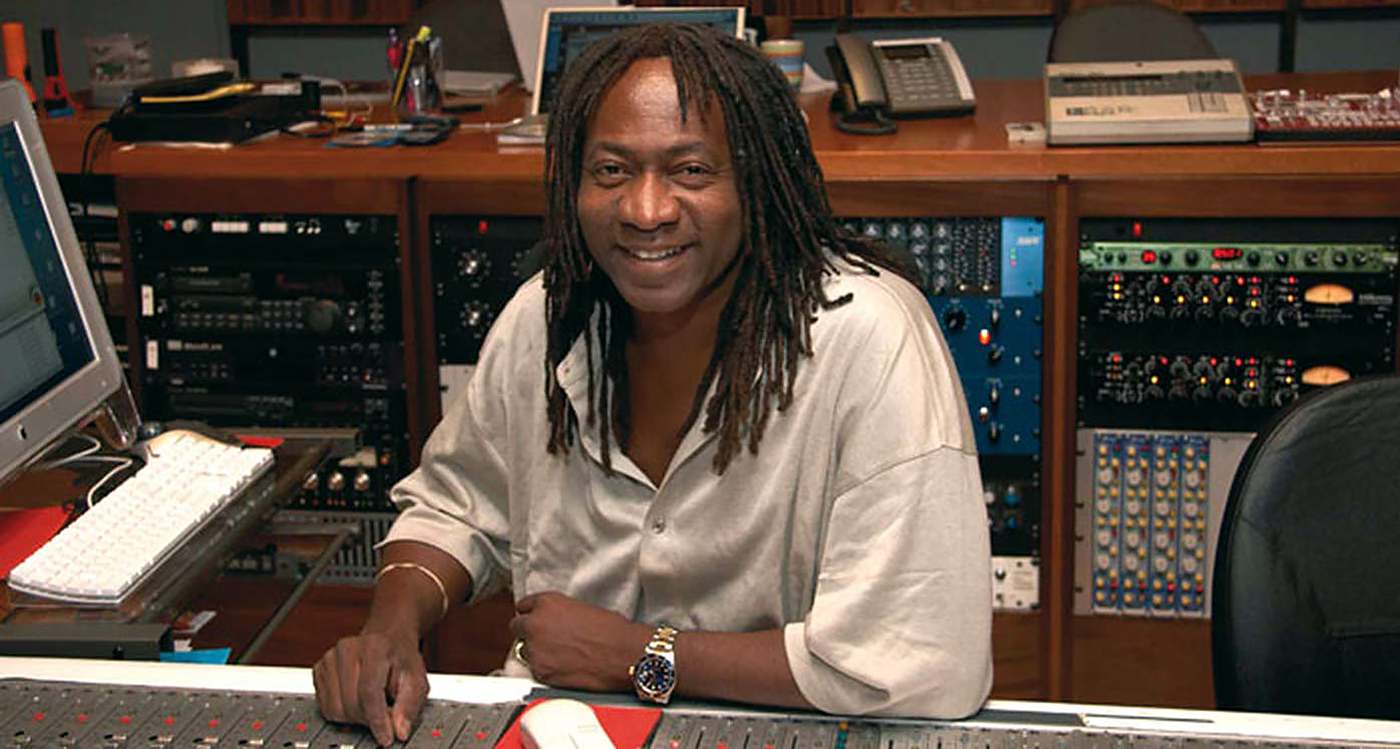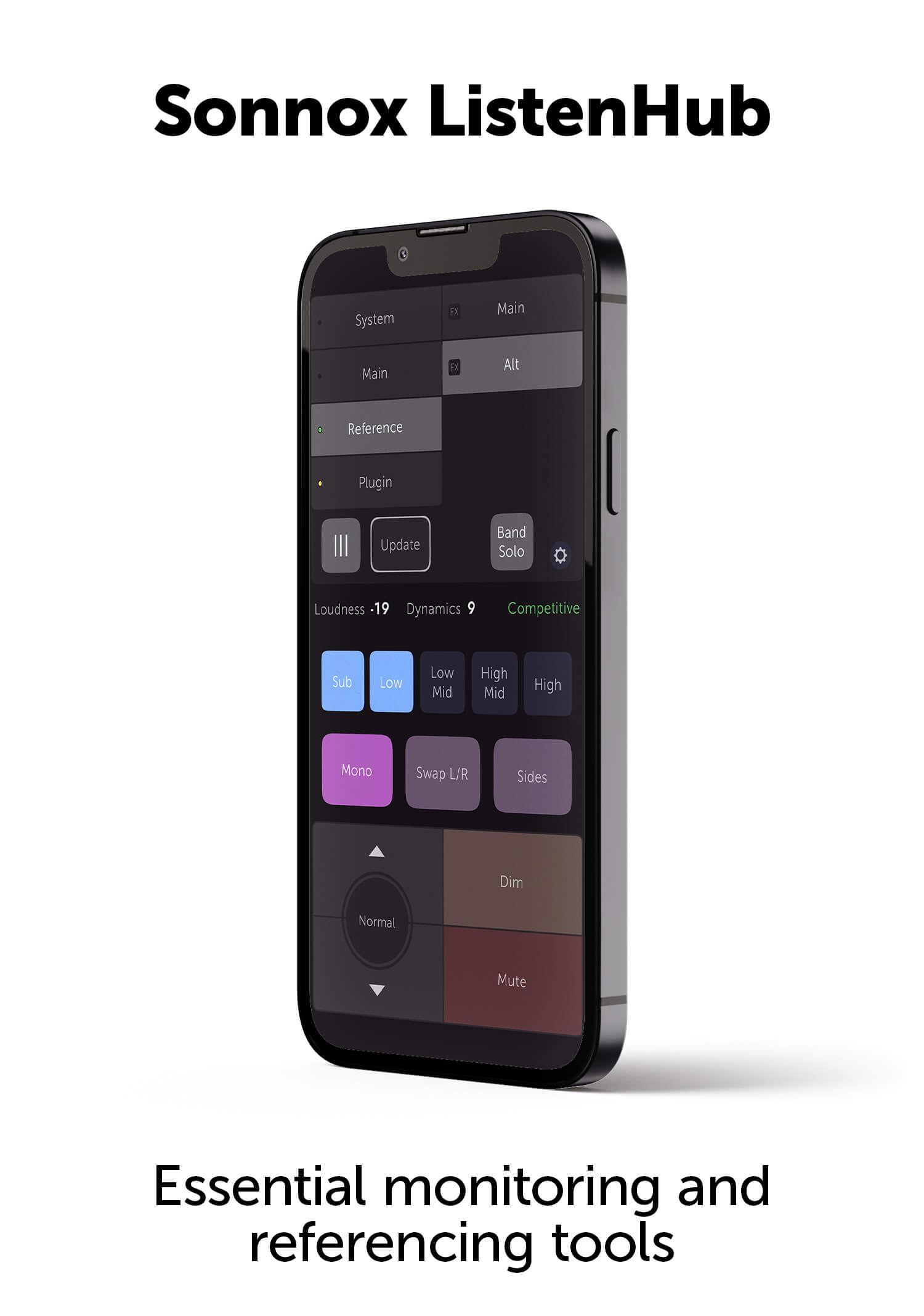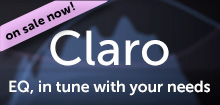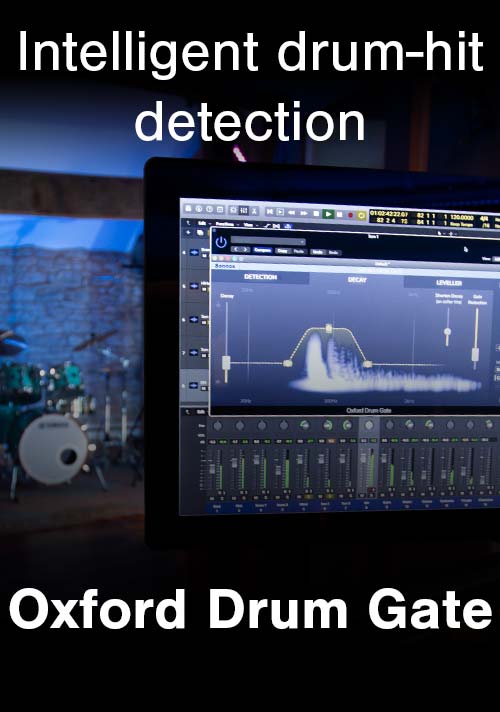Jimmy Douglass
Jimmy Douglass On Tape, Consoles, DAW’S and Plug-Ins

Producer/Engineer/Mixer Jimmy Douglass has truly seen just about everything in the record business. From his after-school job at New York’s famed Atlantic Studios, he’s worked with an incredible cross section of artists ranging from Aretha Franklin, The Rolling Stones and Rob Thomas to Brandy, Jay-Z and Timbaland. Recently, we caught up with him to talk shop about his hybrid use of tape, consoles, DAW’s and plug-ins.
How did you get started in the business?
I first started working at Atlantic Records doing tape copies. It was an amazing time to be there, because I was fortunate enough to watch and learn from guys like Tom Dowd, Arif Mardin, Jerry Wexler and Ahmut Ertegun.
At that time, Atlantic Records was attached to the studios, in the ‘old school way’. So you had the record company doing its thing, and the studio was right there next to it. There were amazing acts in and out of the place all the time. The first session I ever saw was for Disraeli Gears. Before that, I had never been in a studio in my life. I was just an observer, but that’s how far back it goes.
What was the tape format in the studio then?
It was an 8-track format, which was a big deal at the time. A couple of years later I got to remix, or mix again, some of the Atlantic catalog, because Tom Dowd was too busy to do it. Some of that stuff was on 4 track!
So when did you adopt digital?
I adopted digital in a very interesting way. Fast forward into the 80’s, and I was still very much analog at the time. Pro Tools didn’t exist yet, and that whole thing wasn’t going to happen for a bunch of years. Digital two-track had just come out, and that was on the Sony BVU format, which was like a video deck. Atlantic had just started to master/archive to that digital format at the time.
Then along came Mitsubishi’s digital deck, which was like reel-to-reel tape. Then Sony built the 3324 and 3348. It was like analog recording, but it was digital. That’s what we had, until they introduced the Synclavier, one of the first digital recording platform workstations.
How about Pro Tools?
I got into Pro Tools early, when it was just 2 tracks and called Sound Tools. I had to have something at home I could do some digital editing on.
Did you use plug-ins back when they first came out?
No, actually. Believe it or not, I only started to use them fairly recently. Pro Tools was just a tape machine to me. I really always liked the sound of analog much better. Our ears as consumers are now used to digital. I would use Pro Tools as extra tracks, when I’d have a session of 48 and needed more, I would lock Pro Tools to it and use it for extra tracks and effects.
How did you get turned onto Sonnox plug ins?
Well, when I came down here to The Hit Factory around 2000, they had an Oxford console That console was the one that made a lot of sense to me. From there, I got used to the sound of their EQ’s.
So which Oxfords do use?
The EQUALIZER
and the TransMod.
How do you use the TransMod?
It’s really great on drums and such. I use it to change the attacks of them, and it’s also good on percussion too. But besides the drums, I’ve also used it on different instruments, like bass and keyboards.
In general, I think of it as a tool that can change the attack and release of instruments and drums. It can make things fatter, thinner and so on. I kind of view it as a modern gate. It can expand, it can increase the slope of the attack, and you can actually tighten and even clip sounds with it too.
You have a lot of different EQs, so why the Oxford?
Well, because it’s the first digital EQ that I got used to using, and really learned the curve on. It’s a great general EQ and when I want something smooth and transparent, that’s the one that I will turn to.
So what’s recent and upcoming with you?
Well, I’m co-producing, recording and mixing a hot, fresh young artist named Jared Evan who Interscope has put their full blessing on. I did the last John Legend project, which was nice, and I mixed the Roots album as well. Besides helping Timbaland out on his new project, and doing quite a few dance projects, I’m doing two projects from Paris and one from Germany and I’m working on a handful of projects and singles around here in Miami.
Interview and editorial provided by Rich Tozzoli




